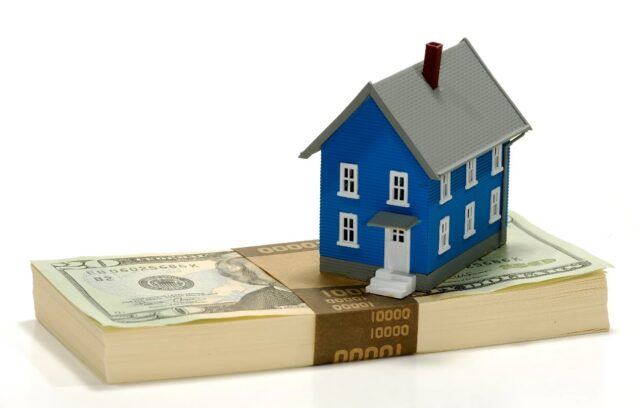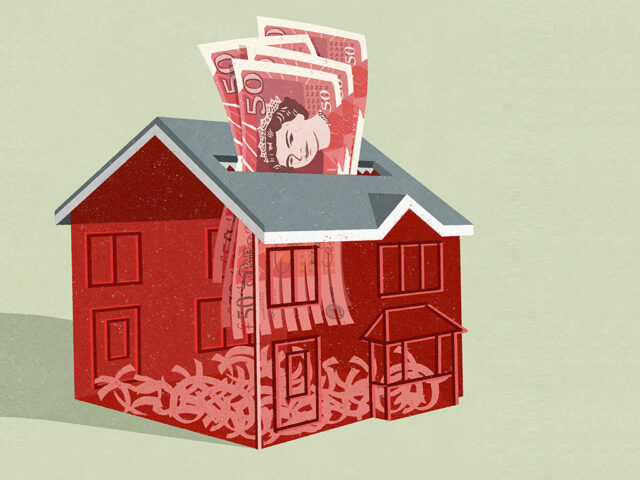
Imagine owning a home, your castle, your sanctuary. It’s a place where you’ve invested your time, money, and dreams. But what if this very asset becomes a double-edged sword, holding you captive in a financial prison? Welcome to the perplexing world of trapped equity.
In this article, we will delve into the concept of trapped equity, its implications, and how it can affect homeowners like yourself. Let’s break free from the chains and explore the fascinating mysteries behind this phenomenon.
What is Trapped Equity?
Trapped equity refers to a situation where the value of a property remains locked or inaccessible, limiting homeowners from fully utilizing its potential. It occurs when the market value of a property decreases or remains stagnant while the outstanding mortgage debt remains unchanged or increases. This results in a significant gap between the property’s value and the homeowner’s equity, effectively trapping their financial potential within the property.
For instance, let’s say you purchased a house for $300,000 with a mortgage of $200,000. After a few years, due to various factors such as economic downturns, unfavorable market conditions, or even neighborhood depreciation, the value of your property drops to $250,000. Despite faithfully paying down your mortgage, your equity is now limited to $50,000 instead of the initial $100,000. This discrepancy between the property’s value and the homeowner’s equity is the essence of trapped equity.
The Impact of Trapped Equity

Financial Constraints
Trapped equity can have severe financial implications for homeowners. With limited access to their equity, homeowners may face challenges in obtaining loans, refinancing, or leveraging their property to fund other endeavors such as education, business ventures, or retirement plans. The reduced financial flexibility can hinder their ability to seize opportunities or address unexpected financial emergencies.
Stagnant Wealth
Trapped equity can stagnate a homeowner’s wealth accumulation. When the value of their property remains stagnant, their potential for capital appreciation and wealth growth diminishes. Unlike other investments that can be easily liquidated or diversified, trapped equity keeps homeowners tied to a single asset, limiting their ability to explore alternative investment avenues.
Retirement Planning
For many homeowners, their property serves as a crucial component of their retirement plan. Trapped equity can disrupt these plans by reducing available funds for downsizing, relocating, or supplementing retirement income. The inability to unlock trapped equity may force homeowners to postpone their retirement or compromise their desired lifestyle.
Factors Contributing to Trapped Equity

Market Fluctuations
Unpredictable market fluctuations can play a significant role in trapping equity. Economic downturns, regional recessions, or changes in local property demand can lead to a decrease in property values, leaving homeowners with a diminished equity position.
Underperforming Neighborhoods
The condition and desirability of a neighborhood can impact property values. If the surrounding area experiences a decline, increased crime rates, or a lack of essential amenities, homeowners may find themselves trapped in a property that is unable to appreciate in value.
Oversupply and Competition
In markets where there is an oversupply of properties or intense competition, homeowners may struggle to sell their property at a desirable price. This can result in extended periods on the market, reducing the chances of realizing the property’s full value and exacerbating trapped equity.
Strategies for Escaping Trapped Equity
There are many ways to escape trapped equity. Home improvements, neighborhood improvements, and even seeking out professional financial and real estate help can make a difference.
Home Improvement and Renovation

Investing in home improvements and renovations can increase the market value of your property, allowing you to chip away at trapped equity. Strategic upgrades, such as modernizing the kitchen or bathroom, enhancing curb appeal, or creating additional living space, can help attract potential buyers and improve the overall value of your home.
Neighborhood Revitalization Efforts
Active involvement in neighborhood revitalization initiatives can positively impact property values. By joining neighborhood associations, participating in community development projects, and promoting a sense of community, homeowners can contribute to the revitalization of their area, potentially lifting property values and reducing trapped equity.
Residential Sale Leaseback as an Option
One potential solution for homeowners trapped in equity is to consider a residential sale leaseback arrangement. A residential sale leaseback involves selling your home to an investor or company and then leasing it back from them as a tenant. This option allows homeowners to unlock trapped equity while remaining in their homes.
In a residential sale-leaseback, the homeowner sells their property to an investor or company, often specializing in these types of transactions. The investor then becomes the new owner of the property while the original homeowner transitions to being a tenant. A lease agreement is established, outlining the terms of the lease, including the duration, rental amount, and any other relevant terms.







